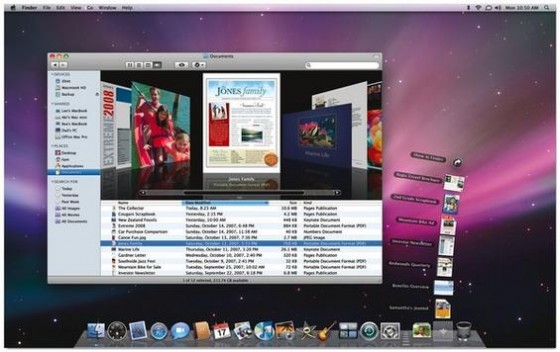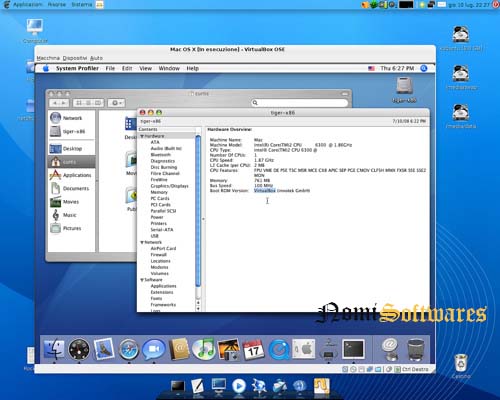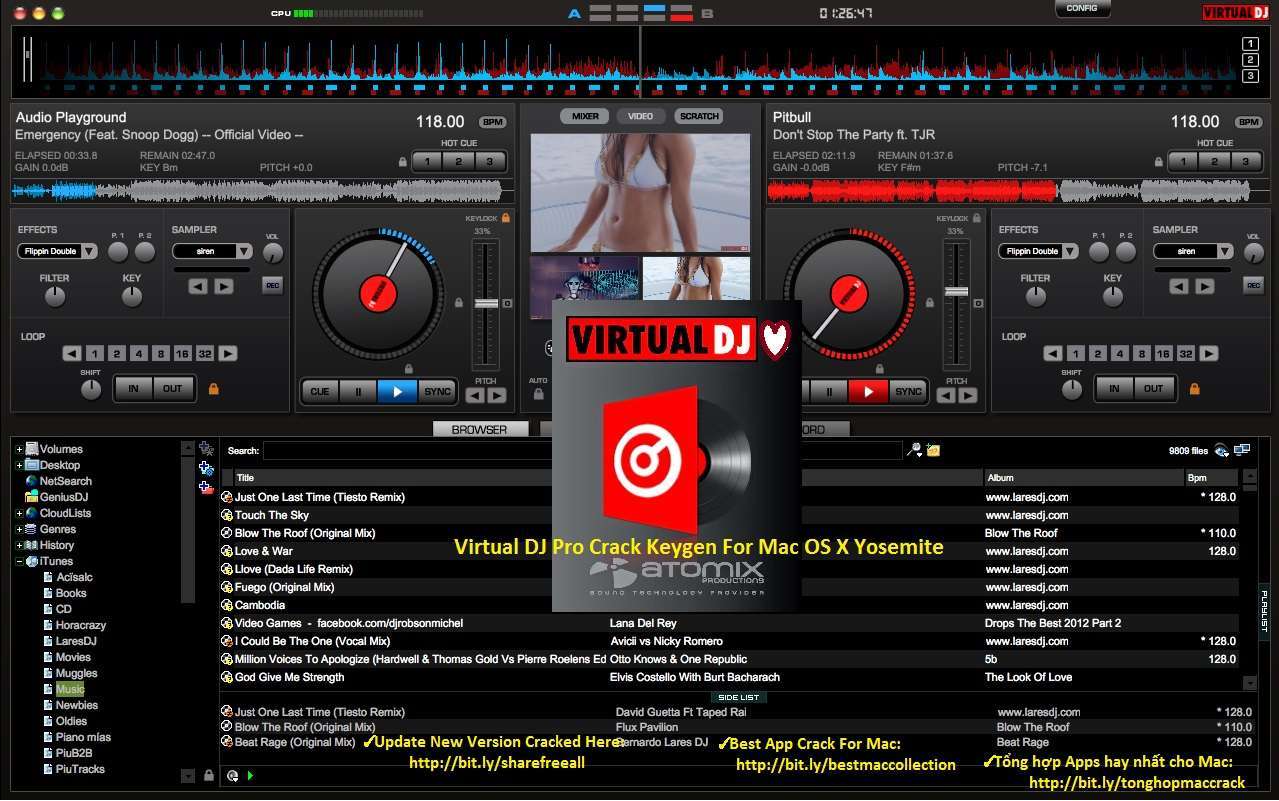
If you're loading the OS from a CD, go to the menu bar of the VM window, click on CD and tell it to capture the physical CD drive.
#VIRTUAL PC FOR MAC 7 PC#
Then either insert the CD into the drive or drag your ISO file onto the CD icon in the Virtual PC command window.
#VIRTUAL PC FOR MAC 7 INSTALL#
To install the OS from a CD or ISO file, make sure the window surrounding the VM - the actual VM, which looks at this point like a DOS window, not the console you used to set the configuration - is the active window on your machine. If you haven't already provisioned an operating system image, it will think about things for a while, then tell you to go find a proper boot address. But that's only the configuration, not the VM itself.Īfter configuration, the Virtual PC Console remains onscreen while Virtual PC runs in the background, taking up about 17 MB of memory just sitting there.Ĭlicking Start opens a command window in which Virtual PC uses DHCP to try to find itself an IP address.

The whole process takes less time than it does to install most bits of freeware. Pick the latter to do things like increasing the RAM available to the VM from the default of 128 MB to a gigabyte, or raise the default virtual-hard-disk size from 16 GB to something with enough room for an OS and any applications you want to run only within the VM. It will launch a Wizard that offers the choice of opening an existing virtual PC, creating one with default settings or will walk you through the process of configuring one yourself. Then click the Start menu and find Virtual PC. Once you've downloaded the installation package, launch it and follow instructions. Either way, get the right edition for your machine. The newest version of Virtual PC supports USB peripherals and are supposed to be able to support 64-bit operating systems within the VM as well. There are 32-bit and 64-bit versions Virtual PC cares about the difference.

Microsoft requirements call for a 400 MHz or above Pentium-compatible processor, 35 MB of disk space and Windows XP or Vista. Microsoft offers instructions and links to specific manufacturers here. Chances are, for most desktops and laptops, it's not. Once you know if the silicon supports it, check to see if your BIOS is set up to use those hooks. Intel Processor Identification Utility AMD Virtualization and Hyper-V compatibility Check.

Intel and AMD have their own utilities as well, if you want to double check. Microsoft provides a free utility to check your processor. Virtual PC will work on chips that don't have those hooks, but not well. Intel and AMD have both built hooks into their processors that allow the host and guest operating system (the virtual machine) to trade off tasks more smoothly.
#VIRTUAL PC FOR MAC 7 WINDOWS 7#
I loaded and ran it on a laptop running 64-bit Windows 7 Home Premium on an Intel Core 2 Duo with 4GB of memory. And, fortunately, the installation procedure is the same for Virtual PC whether you're licensed for XP Mode or not. That's not to say Virtual PC doesn't run there, anyway, however. Those with Home Premium or Starter are stuck Virtual PC not only doesn't come with those editions, Microsoft theoretically doesn't allow Virtual PC to even run on anything but Vista, XP or the three more exalted editions of Windows 7. Users running Professional, Ultimate or Enterprise have to download both XP Mode and Virtual PC, on which it runs.


 0 kommentar(er)
0 kommentar(er)
